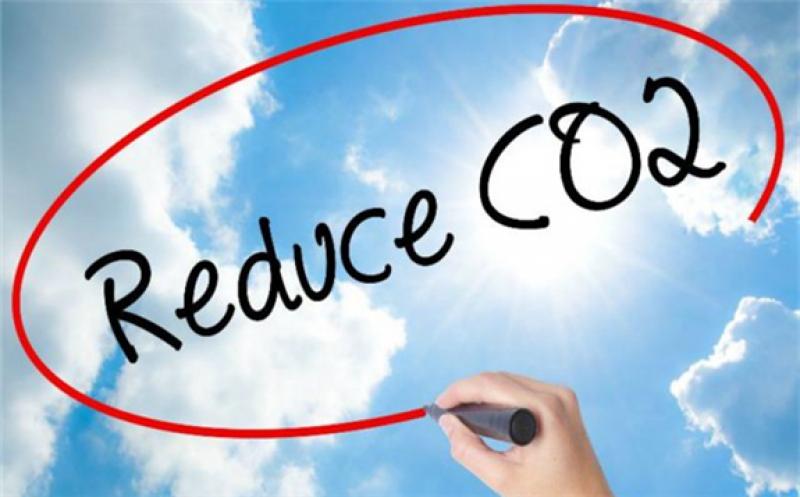South Africa recently published its draft climate plan which sees the country proposing ambitious cuts to its emissions by 2030.

The government launched a consultation on its updated climate plan to run until the end of May, with a view to submit a final document to the United Nations ahead of the Cop26 climate talks in Glasgow, UK, in November.
Under the draft plan, South Africa will limit its annual greenhouse gas emissions to 398-440 million tonnes of CO2 equivalent by 2030. This cuts emissions 28% compared with its 2015 pledge, which capped annual emissions at 614Mt of CO2. It relies on “a very ambitious power sector investment plan” and the implementation of a green transport strategy, energy efficiency programmes and a carbon tax to meet the goal.
“We are not putting up excuses not to do things because there’s Covid-19 pandemic,” Gwede Mantashe, minister of Mineral Resources and Energy, told a summit on climate and development hosted by the UK last week.
Describing the energy transition as “a journey”, Mantasha said: “It is not going to be the stroke of a pen [that] switches off coal power stations and then moves to renewables.”
Deborah Ramalope, an analyst at Climate Analytics and former member of the South African delegation to UN climate talks, said the draft plan was “much stronger” than its 2015 commitments but left room for greater ambition. It is “still not aligned with the Paris Agreement temperature goal” of limiting heating to 1.5C by the end of the century, she told Climate Home News.
Wanjira Mathai, regional director for Africa at the World Resources Institute, applauded the proposed target which would put the country’s efforts in line with limiting temperature to 2C, according to benchmarks by Climate Action Tracker.
She welcomed the inclusion of policies to cope with intensifying climate impacts such as early warning systems, climate-resilient development planning, improved governance and support for research.
South Africa estimates it will need $8billion a year from the international community by 2030 to finance its decarbonisation and adaptation efforts – more than three times what it received in recent years. Of the climate finance it accessed in 2018-19, 89% was in loans.
South Africa’s tighter target was made possible by lower-than-expected greenhouse gas emissions over the past 10 years and a drop in emission intensity, according to the government document. The country’s economy is shifting from heavy industry to service sectors, allowing for deeper carbon cuts.
This can also be attributed to the fact that the increase in electricity tariffs has caused companies to be more conscientious about their energy usage and spurred improvements in energy efficiency.
Coal still plays huge role in the energy mix of South Africa
State-owned utility Eskom’s coal plants generated 86% of the country’s electricity in 2020, making South Africa the most coal-reliant among G20 economies.
The updated climate plan identifies the electricity sector as a decarbonisation priority for the next decade, while ensuring communities dependent on coal for their livelihoods are guaranteed economic opportunities.
Campaigners and analysts say the country could decarbonise faster, but is held back by an arbitrary cap on renewable energy deployment. Under its 2019 electricity supply strategy, the government allows for another 1,500MW of coal power capacity to be installed this decade, while restricting solar installations to 1,000MW a year and wind to 1,600MW.
“That is our Achilles heel of climate ambition,” Alex Lenferna, secretary of the Climate Justice Coalition, a network of civil society groups in South Africa said. “It’s also pretty hard for South Africa to secure green finance when we’re planning on building more coal.”
Hartmut Winkler, of the University of Johannesburg, stated that there was “no need for a renewable cap” which was creating an artificial barrier to decarbonisation. “If there was a very clear signal that this country was going to push renewables, there would be absolutely no lack of interests from investors,” Winkler said.
While the government has approved a long-term vision to achieve carbon neutrality by 2050, the plan would still allow the country to burn coal with no exit date yet agreed. “There is a lot of politics going on in the coal sector and vested interests. The term ‘coal mafia’ is used quite often to describe opaque purchasing contracts,” Winkler added.